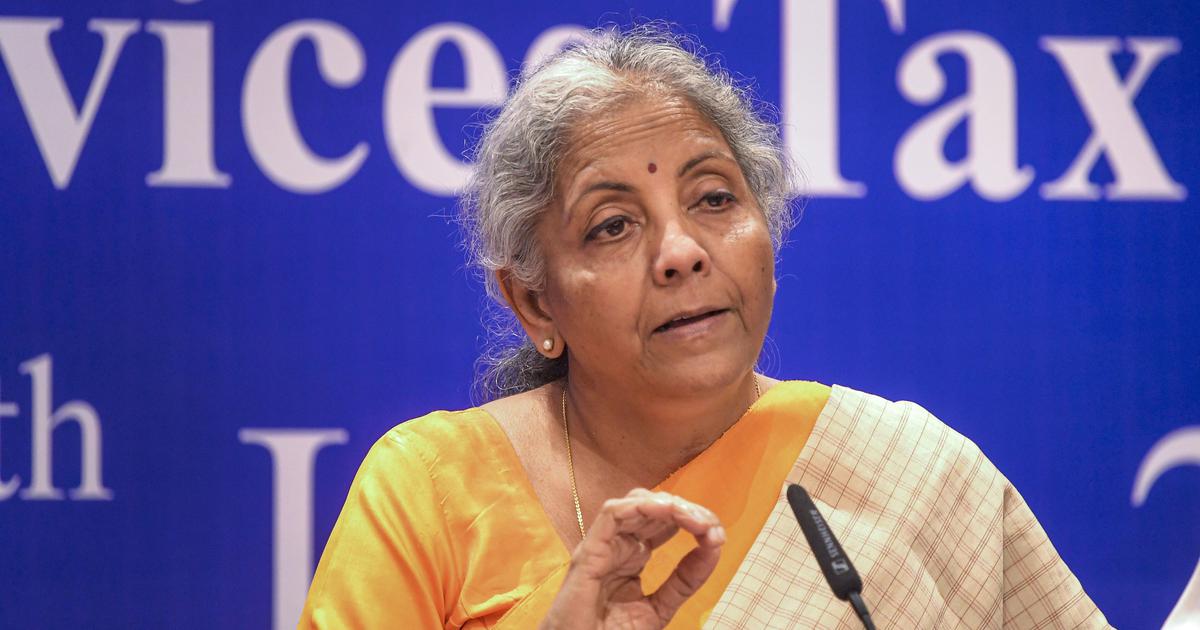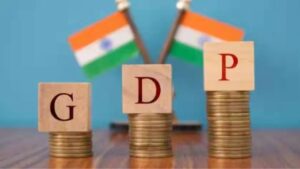In the fiscal landscape of India, a concerning trend has emerged as twelve states are projected to witness their debt surpassing 35% of their Gross State Domestic Product (GSDP) by the end of the financial year 2023-24. This revelation, detailed in the Reserve Bank of India’s (RBI) latest annual publication, points to potential fiscal mismanagement and raises alarms about the fragile fiscal situation of these states.
States Under RBI’s Scrutiny
The states drawing attention from the RBI for fiscal mismanagement include Arunachal Pradesh, Bihar, Goa, Himachal Pradesh, Kerala, Manipur, Meghalaya, Mizoram, Nagaland, Punjab, Rajasthan, and West Bengal. The central bank’s annual publication cautions against additional allocations for non-merit goods, services, subsidies, transfers, and guarantees, as such moves could jeopardize the hard-won fiscal consolidation achieved over the past two years.
Fiscal Deficit Projection
These twelve states, collectively, have projected their fiscal deficit to exceed 4% of their respective GSDP in the current financial year, indicating a challenging fiscal scenario. The RBI emphasizes the potential disruptions this could cause, urging caution in managing fiscal policies.
Union Territories and Overall Scenario
Interestingly, none of the Union Territories, including Jammu and Kashmir, Delhi, and Puducherry, have projected their debt to cross 35% of GSDP. However, when excluding these territories, the overall percentage of states with debts exceeding 35% rises to 42% at the end of the current financial year.
Trend Over Years
While the number of states facing this high proportion of debt has decreased since the pandemic-hit year 2020-21, the total still stands at 12, down from 16 in the previous fiscal year. States like Andhra Pradesh, Jharkhand, Tripura, and Uttar Pradesh have managed to step out of this category, with Uttar Pradesh projecting a decrease in its debt-GSDP ratio.
Impact on Capital Expenditure
High debt levels have tangible consequences on state resources, limiting funds available for crucial capital expenditure. States like Punjab, West Bengal, Kerala, Himachal Pradesh, and Rajasthan face significant portions of their revenue being allocated to interest payments, further constraining their financial flexibility.
Diverse Economic Landscapes
Contrary to the assumption that only economically weaker states face high debt, even prosperous states like Goa exhibit a debt-GSDP ratio exceeding 35%. This underscores the complex economic challenges across diverse regions in India.
Union Territories’ Perspectives
Among the Union Territories, Jammu and Kashmir and Puducherry anticipate their debt crossing 30% by the end of 2023-24. However, Delhi presents an outlier with a considerably lower projected debt of 1.7% of its GSDP, showcasing a unique fiscal stance.
Medium-Term Challenges and Pension System Shift
The RBI’s report not only highlights the current fiscal landscape but also underscores medium-term challenges, particularly cautioning against a return to the old pension scheme (OPS). The central bank warns that such a shift could impose a substantial burden on state finances, limiting their capacity for growth-enhancing capital expenditure.
Long-Term Projections and Concerns
The RBI estimates suggest that if all states revert to OPS from the National Pension System (NPS), the cumulative fiscal burden could become 4.5 times that of the NPS, with an additional burden of 0.9% of GDP annually by 2060. States like Rajasthan and Himachal Pradesh have already reverted to OPS, while Punjab is in the process, posing a long-term concern for fiscal sustainability.
Important Questions Related to Exams
Q: Which Indian states are projecting debt exceeding 35% of GSDP by FY24?
A: Twelve states, including Punjab, West Bengal, and others, are under scrutiny, as per the RBI, for projecting debt surpassing 35% of their Gross State Domestic Product.
Q: How has the trend changed since 2020-21?
A: The number of states with high debt has reduced from 16 to 12, indicating some improvement. However, fiscal challenges persist, with concerns about potential disruptions.
Q: What impact does high debt have on states?
A: High debt levels limit resources for crucial capital expenditure, impacting states like Punjab, West Bengal, Kerala, Himachal Pradesh, and Rajasthan, where a significant portion of revenue goes to interest payments.
Q: Do Union Territories show a similar trend?
A: No, none of the Union Territories, including Jammu and Kashmir, Delhi, and Puducherry, have projected debt exceeding 35% of GSDP. However, the overall percentage rises to 42% when excluding these territories.
Q: What is the RBI’s caution regarding the pension system shift?
A: The RBI warns against states reverting to the old pension scheme (OPS), as it could impose a substantial burden on state finances, limiting their capacity for growth-enhancing capital expenditure.
Q: How does the RBI foresee the long-term impact of the pension system shift?
A: If all states revert to OPS, the cumulative fiscal burden could be 4.5 times that of the National Pension System (NPS), with an additional burden of 0.9% of GDP annually by 2060, posing concerns for long-term fiscal sustainability.







 Fastest-Growing Economy in the World? In...
Fastest-Growing Economy in the World? In...
 India Ratings & Research Cuts India’...
India Ratings & Research Cuts India’...
 Gross NPAs Reduce To 2.58% From March 20...
Gross NPAs Reduce To 2.58% From March 20...

